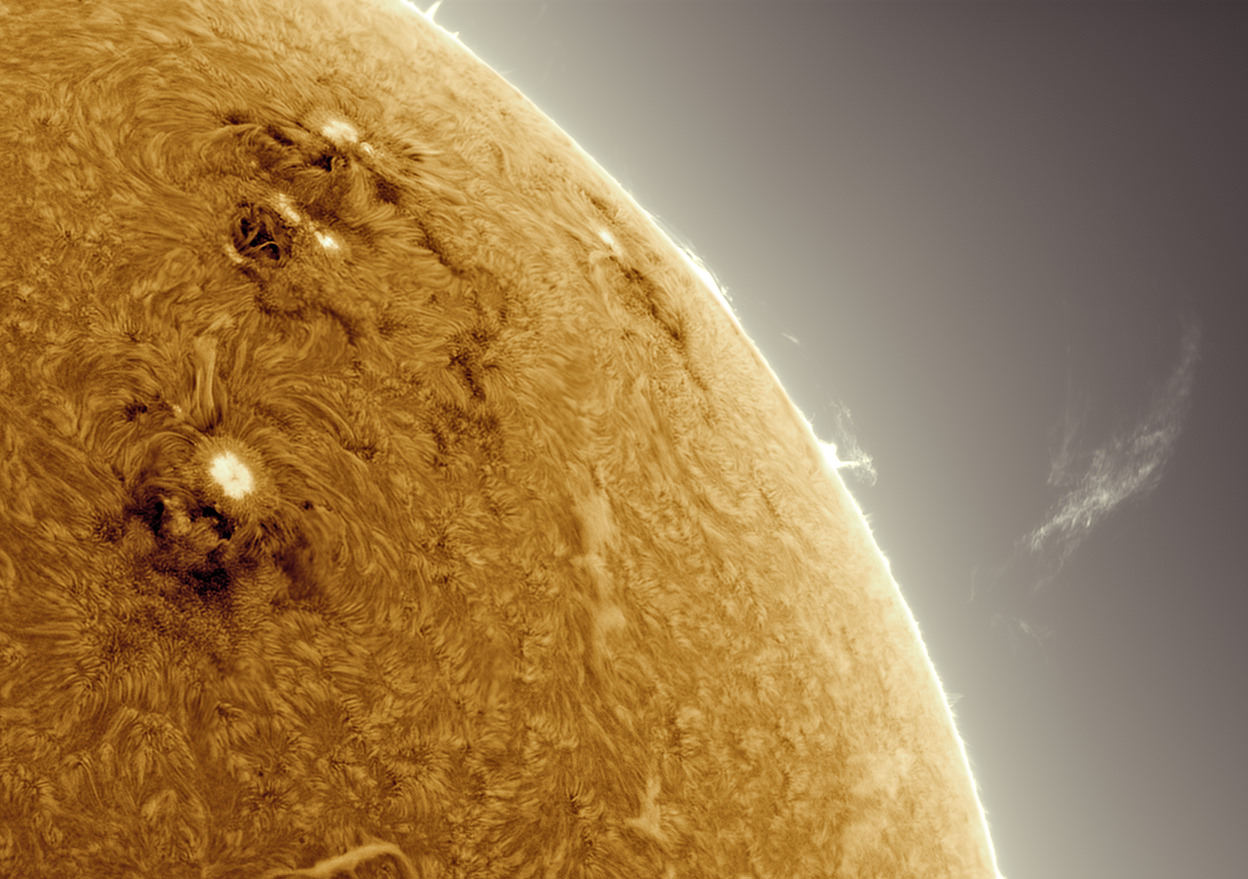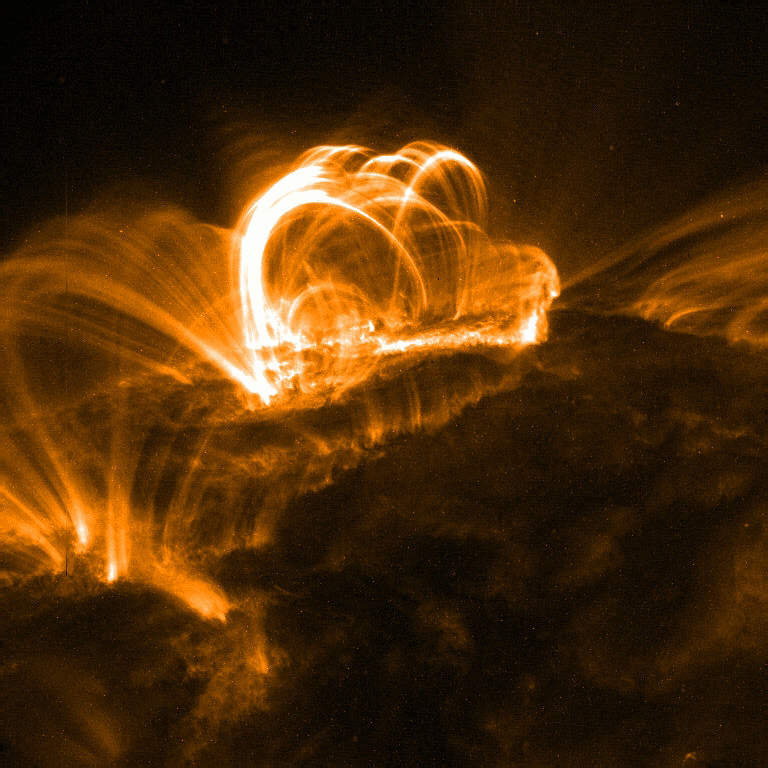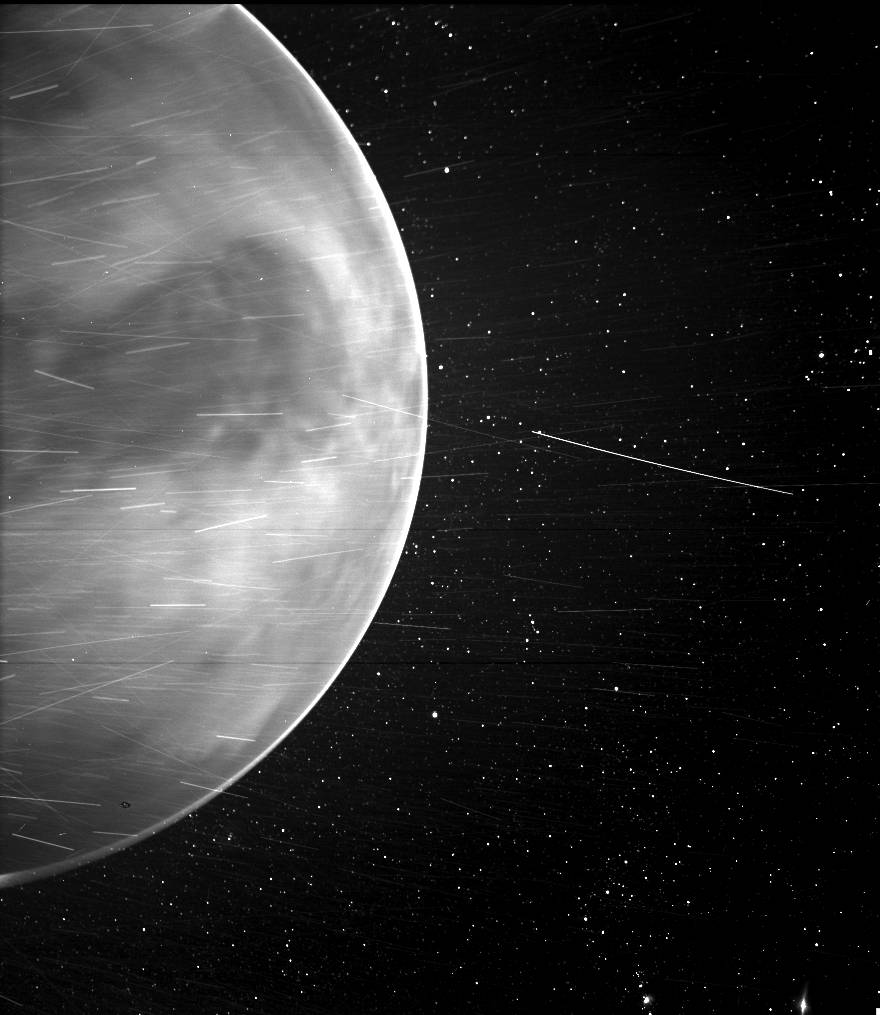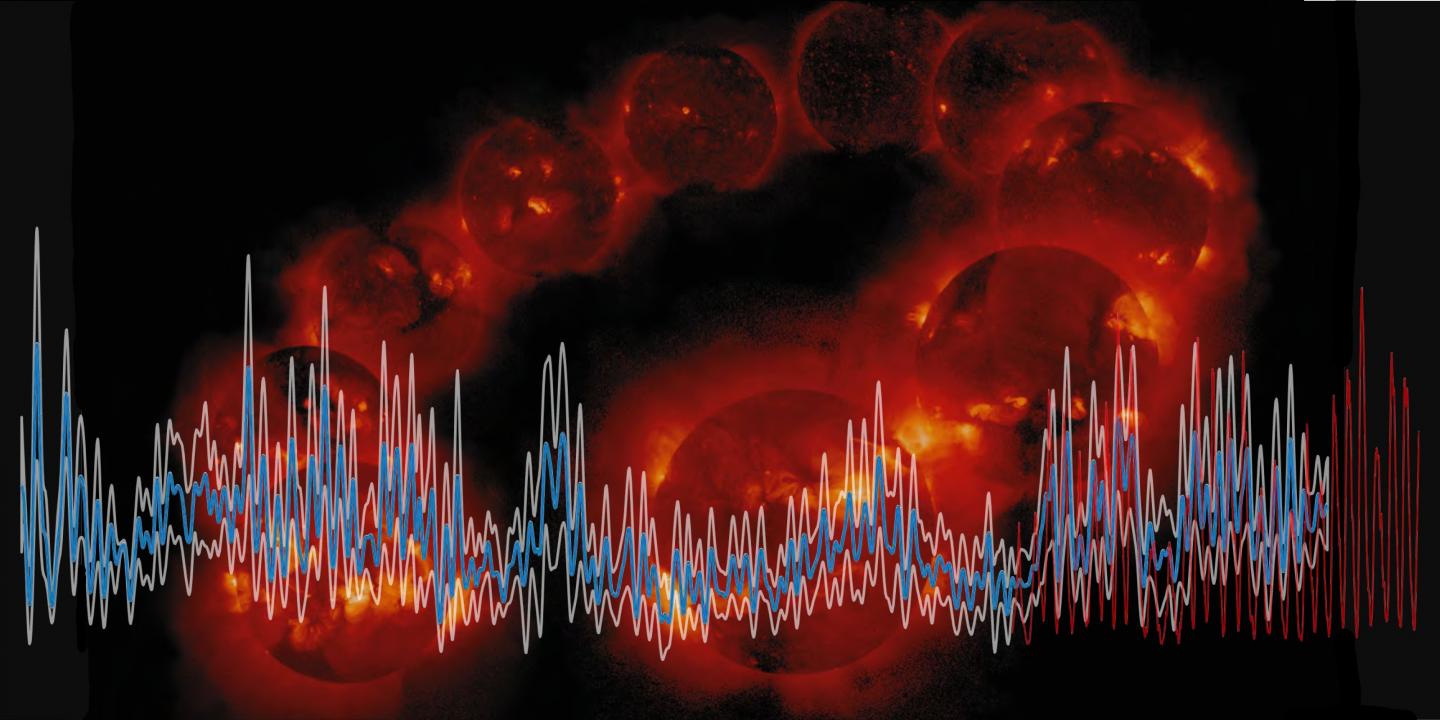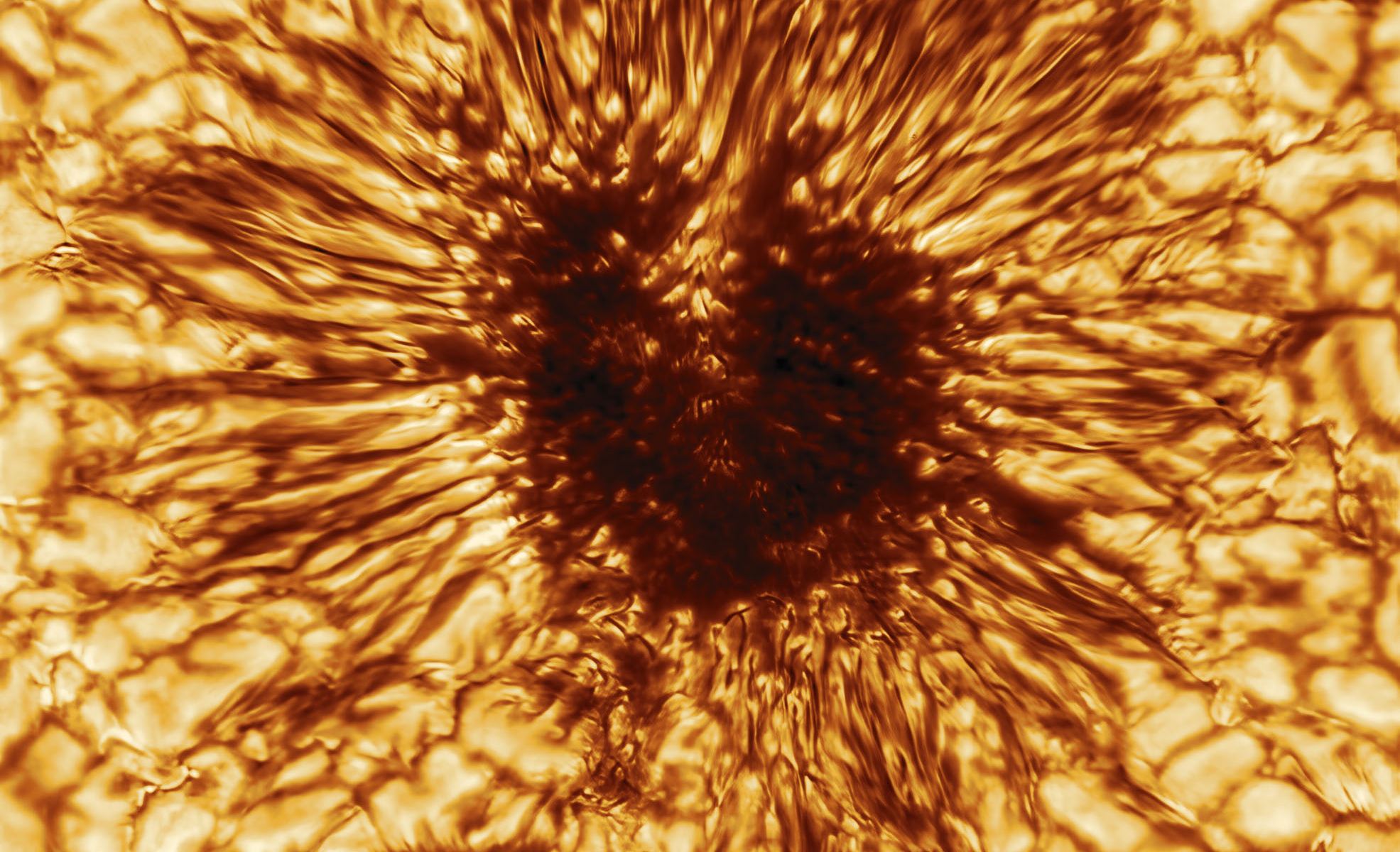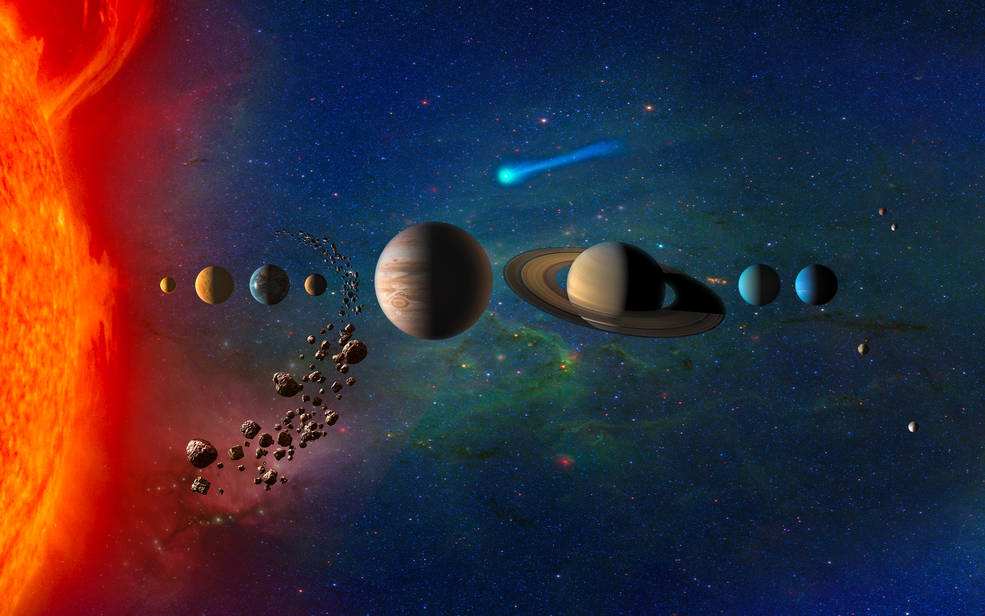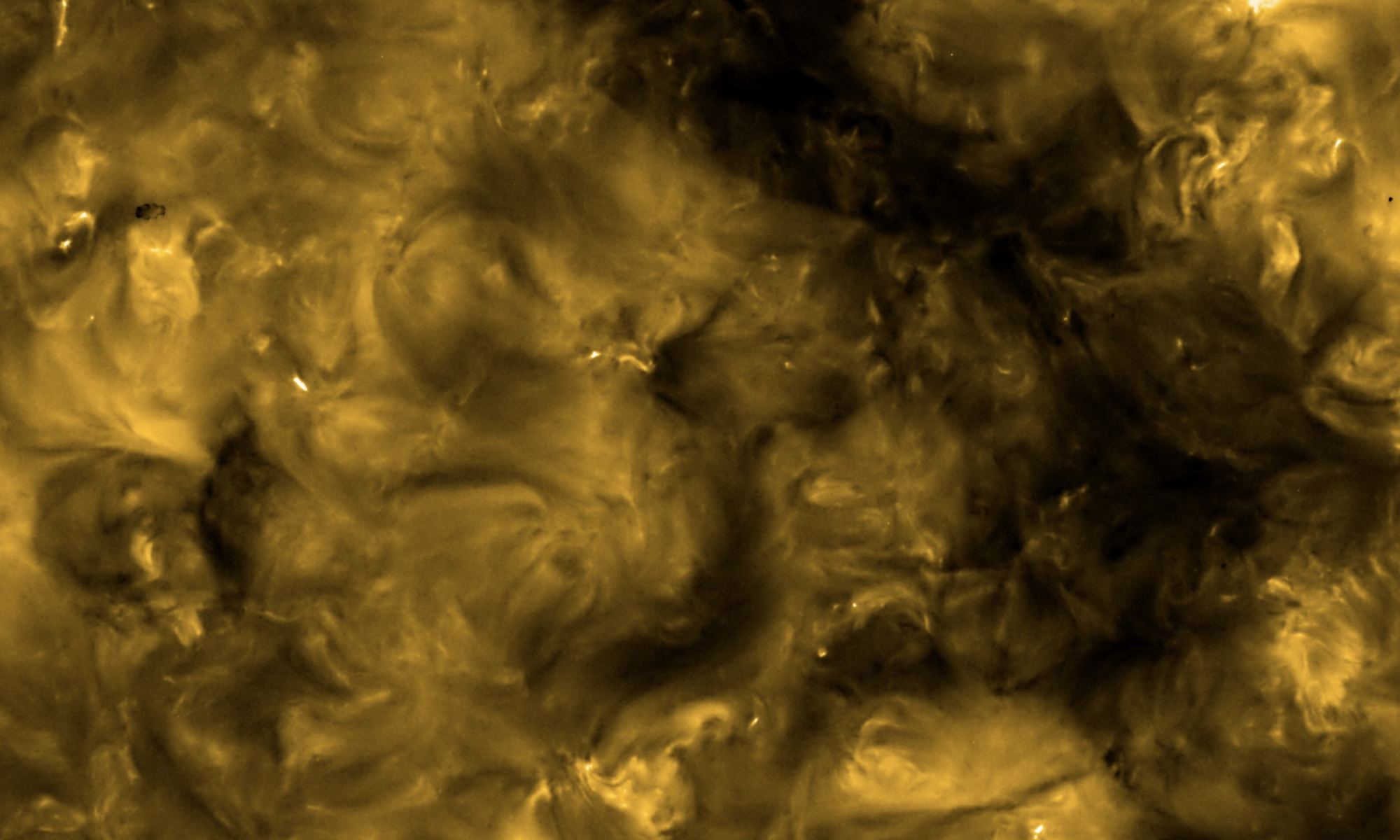For the first time astronomers have observed waves of magnetic energy, known as Alfvén waves, in the photosphere of the sun. This discovery may help explain why the solar corona is so much hotter than the surface.
Continue reading “Astronomers Confirm the Existence of Magnetic Waves in the Sun’s Photosphere”Astronomers Confirm the Existence of Magnetic Waves in the Sun’s Photosphere
